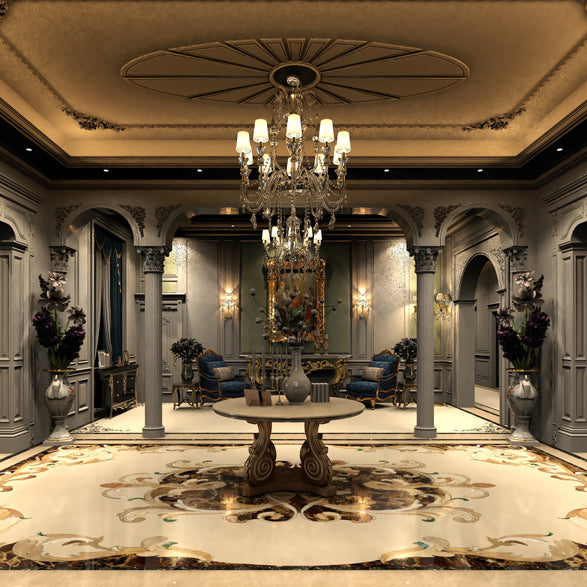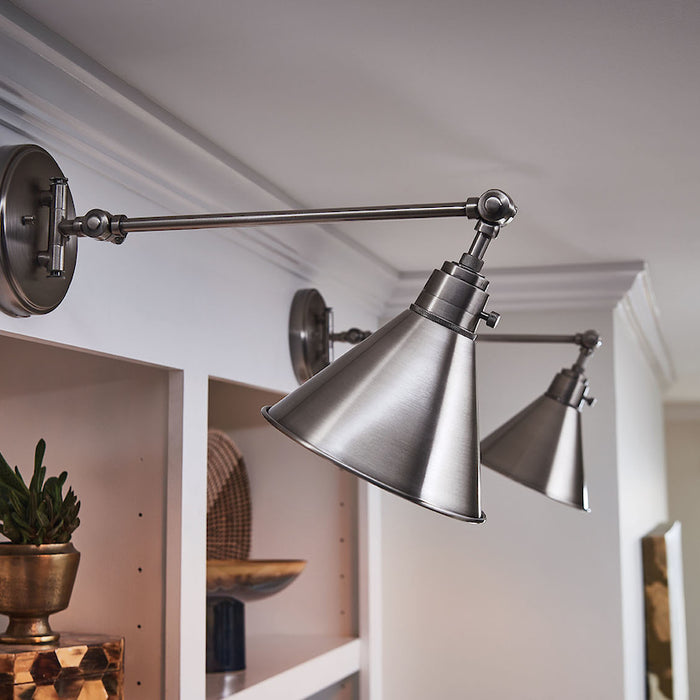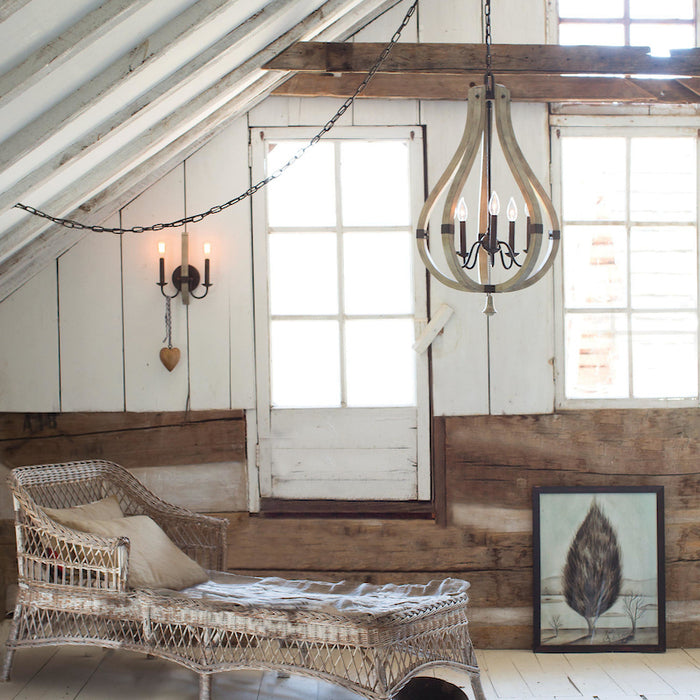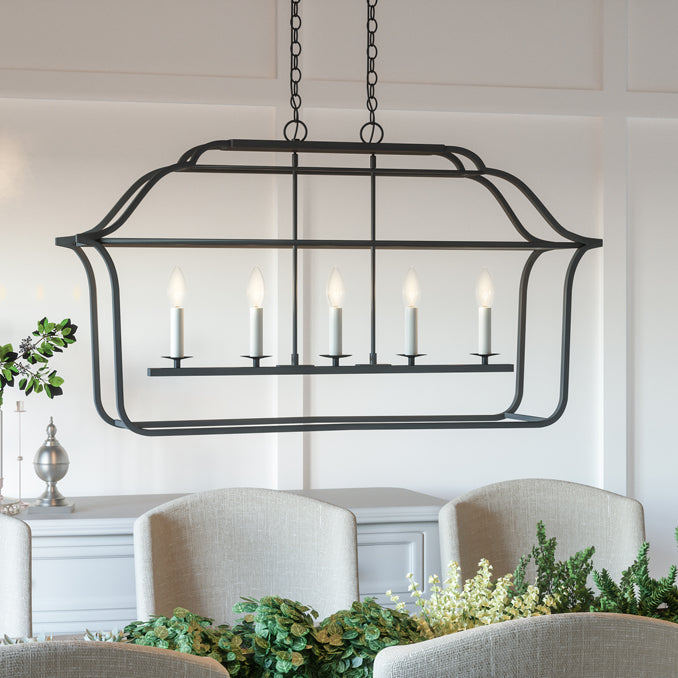On orders $99+
On orders $99+

Chandeliers vs. Pendant Lights: Choosing the Perfect Foyer Lighting The foyer is the welcoming gateway to your home, setting the tone for the spaces that lie beyond. As the first impression guests receive, the lighting in your foyer plays a...

Should I Buy Lighting Fixtures for Practicality or Decorative Purposes? When deciding whether to buy lighting fixtures for practicality or decorative purposes, it's best to strike a balance between the two. Practical lighting ensures your space is well-lit and functional...

What is Smart Home Lighting? Smart home lighting represents a modern approach to home illumination, integrating advanced technology with everyday lighting systems. Unlike traditional lighting, smart lighting systems can be controlled remotely using smartphones, tablets, or voice-activated assistants like Amazon...

What is the difference between modern and traditional lighting? The difference between modern and traditional lighting lies in their design principles, aesthetic appeal, and the era they reflect. Modern lighting is characterized by its clean lines, minimalistic forms, and the...

In the realm of interior lighting, wall-mounted reading lights play a pivotal role in blending functionality with style. These specialized wall lamps come in various types, each with unique features and design applications. Understanding the nuances of Arc, Crane & Boom...

The world of interior design is filled with styles that at first glance may seem similar, but upon a closer look, reveal distinct characteristics. Two such styles that often get used interchangeably are "Farmhouse" and "Rustic". Both styles have their...

What is Transitional Style Lighting? Transitional style lighting blends traditional and contemporary elements, offering versatile, timeless, and adaptable fixtures suitable for various rooms. These fixtures are perfect for creating a balanced, layered lighting scheme that harmonizes with different decor styles....

When lighting your garden, it’s important to have proper lighting that will serve your lighting purpose. How you plan on using your lights will determine what kind of lights you need and where they should be placed. People usually aren’t familiar with the ins and outs of garden lighting design or what methods to use. So, if you don’t educate yourself on the process, you end up creating a lighting scheme that just doesn’t work or do the garden justice. Once you plan your layout, think about what needs illumination. Then research the best bulbs to do the job. When you’re ready to start the installation process, think about safety. Assistance from a professional would be a smart move to avoid any hazards that accompany installation.

If you have ever taken on any large task you probably had some sort of game plan before you started. Without planning, you will likely end up with an unfinished project, leaving you defeated, frustrated, and disappointed. Attempting to do your own landscape lighting design is definitely one of those projects that will require tons of planning, time, and labor. Beginning your DIY quest without having a big picture of your goals and what is required to achieve the goal, would be a mistake.